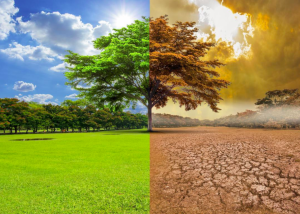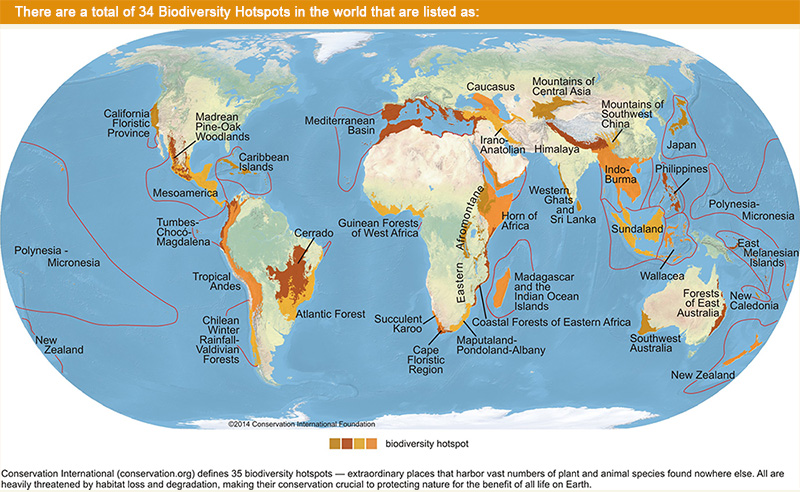
https://stacker.com/stories/3453/25-terms-you-should-know-understand-climate-change-conversation
So, what exactly is climate change?
The average weather in a location over a long period of time is referred to as climate. Climate change is the result of a change in the average circumstances.
Humans’ use of oil, gas, and coal for their houses, industry, and transportation is causing fast climate change.
_______________________________________________________________________
Read Also : Top 10 Longest Living Animals
________________________________________________________________________
When fossil fuels are burned, greenhouse gases are released, primarily carbon dioxide (CO2). The heat from the Sun is trapped by these gases, causing the planet’s temperature to rise. Scientists argue that if we want to prevent the worst effects of climate change, we need to cut down temperature rises. They claim that global warming should be restricted to 1.5 degrees Celsius by 2100.
However, unless quick action is made, the globe may warm by more over 2 degrees Celsius by the end of the century. Scientists believe that if nothing is done, global warming would reach 4 degrees Celsius, resulting in catastrophic heat waves, millions of people losing their homes due to rising sea levels, severe droughts, and permanent biodiversity loss.
What can I do to mitigate the effects of climate change?
To begin, assess your carbon footprint and take steps to reduce it. It’s possible that you’ll be shocked to learn which of your activities produces the most greenhouse emissions.
_______________________________________________________________________
Read Also :10 Wild Animals and Amazing Fauna of Europe
________________________________________________________________________
It’s critical that we utilise our voices to advocate for climate action. Tell your elected officials that you care about climate change and want to see laws and policies enacted to reduce greenhouse gas emissions and climate consequences.
Talking about climate change with family and friends is one of the simplest— and most important—things anybody can do. We understand that these discussions might seem like a formula for strife and resentment. It all begins with getting to know individuals where they are. Researches provide tools to assist you in breaking the climate silence and paving the path for climate action.
Isn’t renewable energy supposed to be good for the environment?
Renewable energy initiatives may displace up to 76 million acres of farmland and animal habitat, an area the size of Arizona, if they aren’t planned carefully. TNC research has discovered that we can fulfil sustainable energy demand 17 times more without converting additional natural habitat.
The goal is to decrease the cost of deploying new energy infrastructure on previously converted places like agricultural lands, mine sites, and other altered terrain.
Every step necessitates careful planning. For example, the Great Plains, which have the finest surviving grassland ecosystem on the continent, hold a large portion of the country’s wind potential. TNC has picked out the best locations for wind turbines in this region in order to properly stimulate renewable energy.
How much time do we have to prevent global warming from worsening?
The fact is that when it comes to climate action vs. inactivity, there is no hard and fast timetable. Only if we make significant progress toward decarbonization, that is removing carbon from the atmosphere and replacing fossil fuels in our economies by 2030, according to some studies done by various scientists, we may confront catastrophic consequences that will overwhelm our populations and lead to the extinction of certain ecosystems.
We cannot defend against a clear line of demarcation; instead, it is a matter of limiting the impacts of climate change.
Every day that passes, we add to our global danger by releasing carbon into the atmosphere. Most experts believe that we must begin decreasing carbon emissions RIGHT NOW in order to ensure that our planet and population have the best possible future.
What happens if nothing is done to halt climate change?
Global temperatures are expected to rise by 2-4 °C (3-7 °F) by the end of the century if we do not take more effort to mitigate the current climate consequences. This sort of warming may cause catastrophic melting of the ice sheets in Greenland and Antarctica, resulting in sea level rise that would drown most of the world’s major coastal towns.
The creatures we adore, as well as their habitats, will be eliminated, resulting in mass extinction. Superstorms, droughts, and heat waves would become more frequent and severe, resulting in significant health problems and disease.
_______________________________________________________________________
Read Also : List Of 50 Extinct Animals On Planet Earth
________________________________________________________________________
A drop in agricultural output would almost certainly result in worldwide food shortages and catastrophe. Water resources would be depleted all across the planet, leaving certain areas uninhabitable.
To combat climate change, how much renewable energy do we need?

To fulfil the goals of the 2015 Paris Agreement and prevent the worst climate change consequences, we need to expand renewable energy by at least ninefold from where it is now. Every watt we can shift away from fossil fuels and toward renewables like wind and solar power is a positive step forward.
According to the greatest evidence available, we must reach net-zero carbon emissions by 2050 to prevent the worst effects of global warming. To do so, the world must develop routes to decrease carbon emissions from all sectors, including transportation, power, and industry, as soon as possible. This will be impossible to achieve without a significant move to renewable energy.
Clean energy and technical innovation are not only assisting in the mitigation of climate change, but they are also assisting in the creation of employment and economic growth in communities all over the world. Renewable energy sources like wind and solar have seen tremendous growth and cost reductions in the last decade, and show no signs of slowing down.
Renewable energy is becoming increasingly competitive with fossil fuels throughout the world as prices fall fast. New renewable energy is already cheaper in certain locations than running ageing, inefficient, and polluting fossil-fuel-fired power plants.
Future
The good news is that climate change isn’t an issue that can’t be solved. We understand what causes it and how to prevent it. Beyond grandiose statements, it will need guts, ambition, and specifics.
Reaching net zero carbon emissions by 2050 is a lofty objective that will need significant work from all sectors of the economy. We don’t have much time, but if we act now, and act collectively, we can significantly slow the rate of global warming and avoid the worst effects of climate change from occurring.
What’s more promising is that the low-carbon economy we need to build will also provide us with cleaner air, more energy options, and more employment opportunities. Likewise, many of the natural remedies that we need to adapt to today’s climate change effects benefit us all: cleaner air and water, more opportunities for outdoor recreation, and more jobs.
Tags: #agricultural lands, #carbonfootprint, #climate, #climatechanges, #climatecrisis, #footprint, #getgreengetgrowing, #global warming, #gngagritech, #greenhouse, #greenstories, #weather







Thanks for all your efforts that you have put in this. very interesting information.